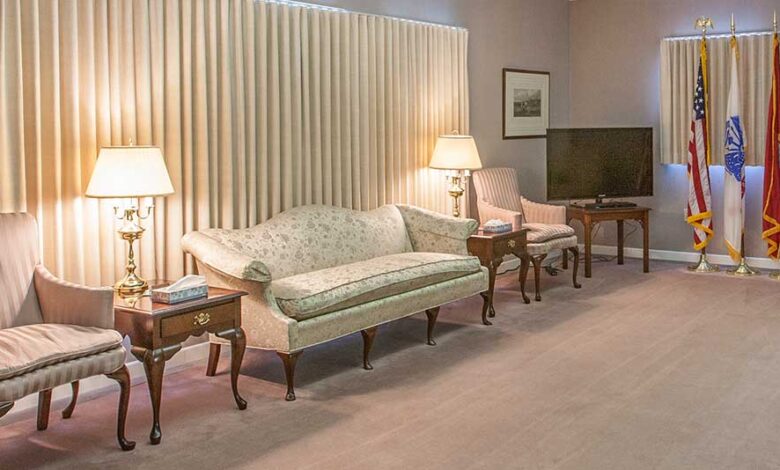Simoneau-Beane-Wilkinson-Paquette

Simoneau-Beane-Wilkinson-Paquette
This is an appeal of a Tax Court ruling that maintained a deficiency assessment for the years 1963 and 1965 against Wilkinson-Beane, Inc., an undertaking firm located in Laconia, New Hampshire.1. The Commissioner’s conclusion that the taxpayer’s payment and receipt accounting system did not accurately reflect its income served as the foundation for the inadequacies. As a result, the Commissioner used the accrual technique to recalculate the taxpayer’s income, which led to higher tax obligations for the relevant years.2. This decision made by the Commissioner was upheld by the Tax Court.
Both the taxpayer and the previous sole proprietorship employed the cash accounting method.
This strict standard’s application might sometimes have unfavorable results, as this instance might. It is important to remember that even if the taxpayer’s cash method has historically produced accurate results, there is no assurance that the reliability of sales, costs, collections, and other elements will continue to do so in the future. Therefore, even while a taxpayer can demonstrate that his technique accurately reflects revenue and avoid the application of the complete accrual system even in the case of § 471 inventory, the bar it must meet is very high.
The Tax Court’s verdict is upheld.
1 Wilkinson-Beane, Inc., Memo T.C. · 69,079 P-H (1969)
2 For 1963, overall was a $9,383.92 deficit assessment and an increase is income of $31,279.74. The income growth for 1965 was $4,192.76, while the deficit amounted to $876.28. The recalculation for 1964 revealed a $1,099.53 overestimation.
3 Of course, we are aware of the limitations of our review. “ See United States of America v. Catto, 385 U.S. 102, respectively, 114, 86 Sn. Ct. 1311, 16 La. Ed. 2d 399 (1966); Standard Paving Inc. v. Commissioner, 184 F.2d 330 CE, 332 (10th Cir.), cert. rejected 342 the United States. 860, 72 S. St. 87, 96 L. Educ. 647 (1951); Michael Drazen, 28 T.C. 10 70, 1076 (1960). Furthermore, unless there is an obvious error in the Tax Court’s ruling, we must uphold it.
4 The “bunching” of current and accumulated receivables in 1963, income is the cause of the distortion.
5 The tax payer typically maintains an inventory of about 35 coffins, mostly due of Laconia’s distance from a readily available supply. Because they cannot be swapped, caskets are not always used in the year that they go on sale and are occasionally carried for extended periods of time.
Six Wilson-Beane, Inc., above, 69-484.
The only requirement stated in 7 Treas.Reg. § 1.471-1 is that the goods must be “income producing.” It doesn’t specify that it has to make up a sizable portion of income.
8 Cash Basis for Casket Costs Caskets as a Years Purchased Receipts: 1961 $17,074.59 as a Percentage of Receipts $121,102.12 14.3 1964 20,052.83 129,898.72 15.4 inches in width 1964 (also known as 16,330.89 120,209.64 13.6 the year 1965 17,883.39 121,574.92 14.6 the year 1962 16,240.17 113,506.86 14.3
9.
The Tax Court has acknowledged that the existence of inventories sometimes fails to indicate that the basis in cash does not accurately reflect income in a number of situations. For example, see
Ten-year accrual of
11 During the trial, there were several questions about the taxpayer’s restoration of accrual income, mainly in relation to how it handled bad debts along with receivables and why it neglected to adjust the figures for inventory.




